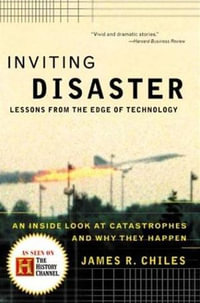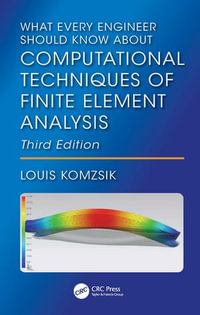
eTEXT
Computational Methods for Fluid Dynamics
By: Joel H. Ferziger, Milovan Peri?, Robert L. Street
eText | 16 August 2019 | Edition Number 4
At a Glance
eText
$109.00
or
Instant online reading in your Booktopia eTextbook Library *
Read online on
Desktop
Tablet
Mobile
Not downloadable to your eReader or an app
Why choose an eTextbook?
Instant Access *
Purchase and read your book immediately
Read Aloud
Listen and follow along as Bookshelf reads to you
Study Tools
Built-in study tools like highlights and more
* eTextbooks are not downloadable to your eReader or an app and can be accessed via web browsers only. You must be connected to the internet and have no technical issues with your device or browser that could prevent the eTextbook from operating.
ISBN: 9783319996936
ISBN-10: 3319996932
Published: 16th August 2019
Format: ePUB
Language: English
Publisher: Springer Nature
Edition Number: 4
You Can Find This eBook In
This product is categorised by
- Non-FictionEngineering & TechnologyMechanical Engineering & MaterialsMechanical Engineering
- Non-FictionEngineering & TechnologyMechanical Engineering & MaterialsMaterials ScienceMechanics of Fluids
- Non-FictionComputing & I.T.Computer Science
- Non-FictionSciencePhysicsMathematical Physics
- Non-FictionScienceScience in GeneralMaths for Scientists
- Non-FictionSciencePhysicsClassical MathematicsFluid Mechanics
- Non-FictionMathematicsApplied Mathematics
- Non-FictionMathematicsCalculus & Mathematical AnalysisNumerical Analysis
- Non-FictionSciencePhysics























